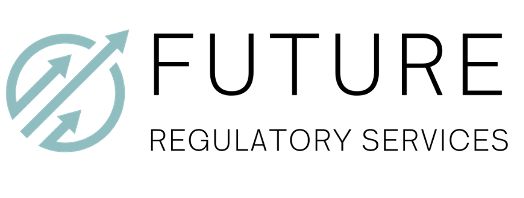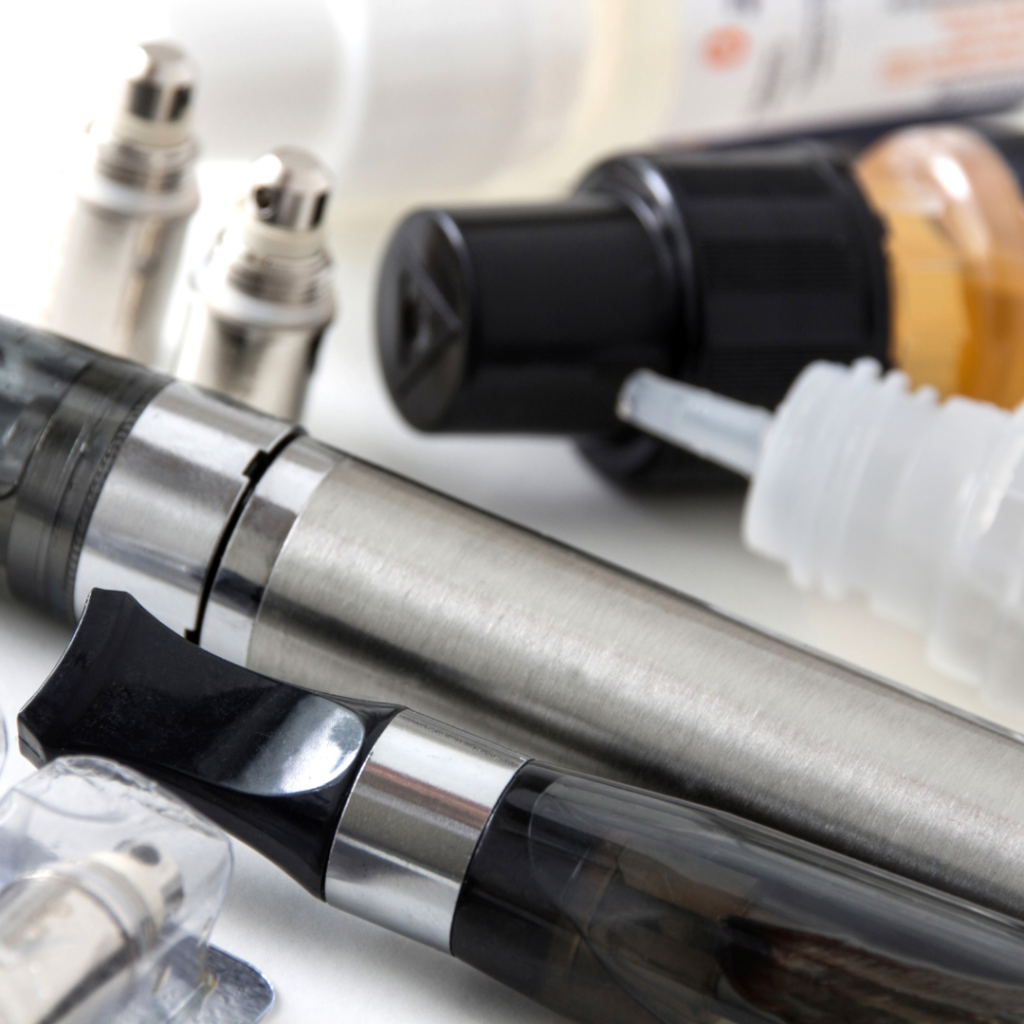UK Regulations
Why are regulations so important in the Vaping Industry?
“Definition of Regulation: a rule or directive made and maintained by an authority”
For years prior to the implementation of the Tobacco Products Directive, the vaping industry was pretty much a free for all – full of products in all shapes and sizes. It can be described as the “cowboy era” where it wasn’t uncommon to hear of bathtubs doubling up as mixing vessels and brands using aesthetics intended to be very easily confused with popular fizzy drinks, sweets, fruit, biscuits (you name it, it is guaranteed to have been a vape flavour). It was clear at this point that regulations were very much needed, hence the implementation of the Tobacco Products Directive (2016), particularly the Tobacco and Related Products Regulations (2016) (TRPR) for Great Britain.
We have explored the ins and outs of the UK vape regulations in our previous post, but it is important we delve into why these regulatory obligations are critical for manufacturers, distributors, suppliers, and retailers to ensure we see longevity and success for the market.
Let’s look back to 2016, when the impending TPD regulations were due to be enforced – there was a sense of panic, worry and frustration at what the impact of the regulations will have on sales and growth of this infantile market. Worry surrounded the new requirements on testing, warning labels and the requirement to register products with the competent authority within the UK (MHRA). It was a step into the unknown for the industry, but one that was most definitely needed.
How has the TPD/TRPR helped the Vape Industry?
To sum up this question with one word is easy. Quality.
The introduction of the regulations has allowed those reputable manufacturers and retailers who took the industry seriously to thrive. Quality and Safety is now at the forefront of their product development, and they have assisted in paving the way to a greater understanding of these requirements.
Laboratory Testing, Product Registration and Child-Resistant/Tamper-Proof packaging has been beneficial to both manufacturers and consumers. Testing allows producers to ensure that they are responsibly manufacturing products and levels the playing field between themselves and those that don’t follow the regulatory obligations.
Registration is also a key part of the TPD. The MHRA (UK) and other European national governments require technical dossiers on the products including brand names, ingredient breakdowns, testing results and technical data to ensure that the product is safe to place on the market. Producers must oblige with the above requirements, or the products are deemed non-compliant and will result in them being seized. Whilst in theory this is what all producers should be complying with, there are still some of those “cowboys” out there, who believe flaunting the rules is acceptable. However, with the “community feel” that the vape industry has developed plus the increase in education for both producers and consumers around reporting non-compliant stock, the cowboys are very quickly starting to hang up their hats.
How has the TPD/TRPR hindered the vape industry?
Whilst there are many positive aspects that the regulations have bought to the Vape Industry, some of the rules imposed have affected vapers, and perhaps not assisted in the end goal of helping smokers quit for good.
The 10ml limit of e-Liquid bottles has resulted in heavy users having to frequently refill their devices, not only causing inconvenience but feeding this habit with 10mls can become a costly exercise. This may also be the case with the 2ml limit on Tanks, which again means frequent refills. To ensure that ex-smokers continue their journey to being smoke-free, it is important that vaping is an easier alternative and a sustainable alternative. There has been a call for this to be addressed in the next revision of the TPD regulations after the European Commission received more than 24,000 responses to an initiative that was launched to assess the extent to which the current framework had fulfilled its goals and whether it can support the “tobacco free generation” by 2040. [1]
Dr Emma Ward, a lead researcher at the University of East Anglia led a study into the impact of TPD regulations on vapers in the UK and found that “The most worrying thing that we found was that the restrictions caused some people to buy higher strength e-liquids and prohibited components on the black market via countries where regulations do not apply such as China and the US – potentially putting their safety at risk”. [2]
In summary, it is of course paramount that we have proper regulation throughout the vaping industry, if for no other reason than to keep the bathtub blenders at bay and ensure consumers can get their hands on dependable product. With that said however, it should be noted that in its development and implementation, the system has not always been perfect.
Perfection is seldom achieved in any regulatory field, but as we move into 2023 amidst disposable vaping scandals and economic troubles, it is vital that the regulations strike a balance that dually preserves the safety of consumers whilst also championing tobacco harm reduction, giving people necessary but also functional tools to properly combat their smoking habits.
[1] https://ec.europa.eu/info/law/better-regulation/have-your-say/initiatives/13481-Evaluation-of-the-legislative-framework-for-tobacco-control/feedback_en?p_id=30817429&page=20
[2] https://journals.sagepub.com/doi/full/10.1177/1179173X20925458

